As autumn approaches, nature puts on a breathtaking display of vibrant colors. However, this annual spectacle may be at risk due to the changing climate. Rising temperatures and altered precipitation patterns are disrupting the natural processes that contribute to the brilliant hues of fall foliage.
Weather’s Impact on Autumn Colors
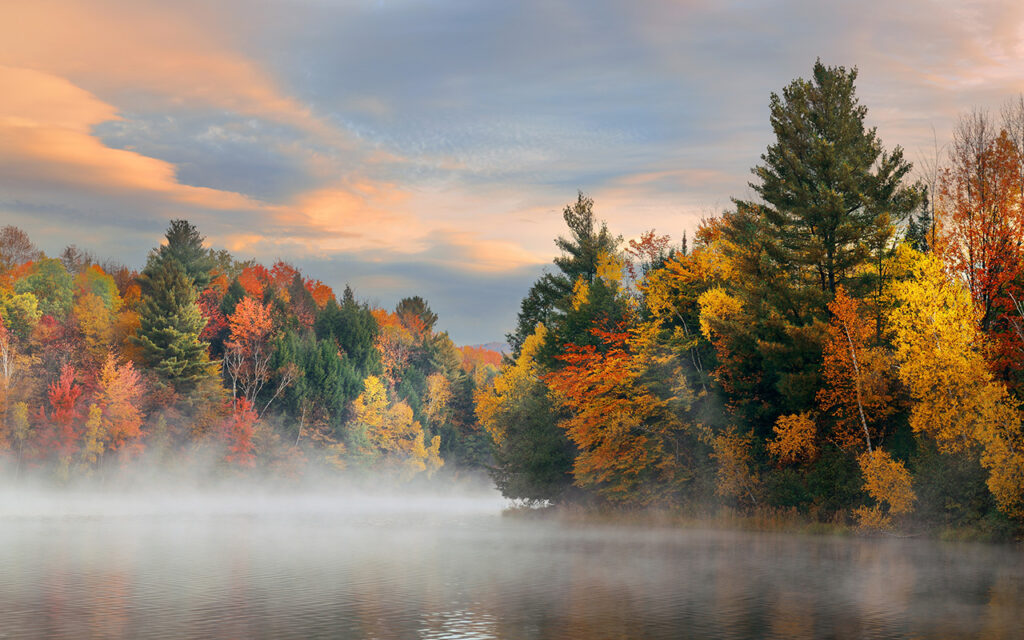
The vibrant colors of fall foliage are the result of a complex interplay between environmental factors and the tree’s physiology. As the days shorten and temperatures cool, trees begin to produce pigments called anthocyanins. These pigments, primarily red and purple, are produced in response to the breakdown of chlorophyll, the green pigment responsible for photosynthesis. However, the production of anthocyanins is influenced by various environmental factors, including temperature, sunlight, and soil conditions.
Climate change is altering these factors in ways that can impact the production of anthocyanins. Rising temperatures can disrupt the natural timing of leaf color change, causing leaves to turn color earlier or later than usual. Additionally, changes in precipitation patterns can affect the health and vigor of trees, which can influence their ability to produce vibrant fall colors.
The Science Behind Fall Foliage
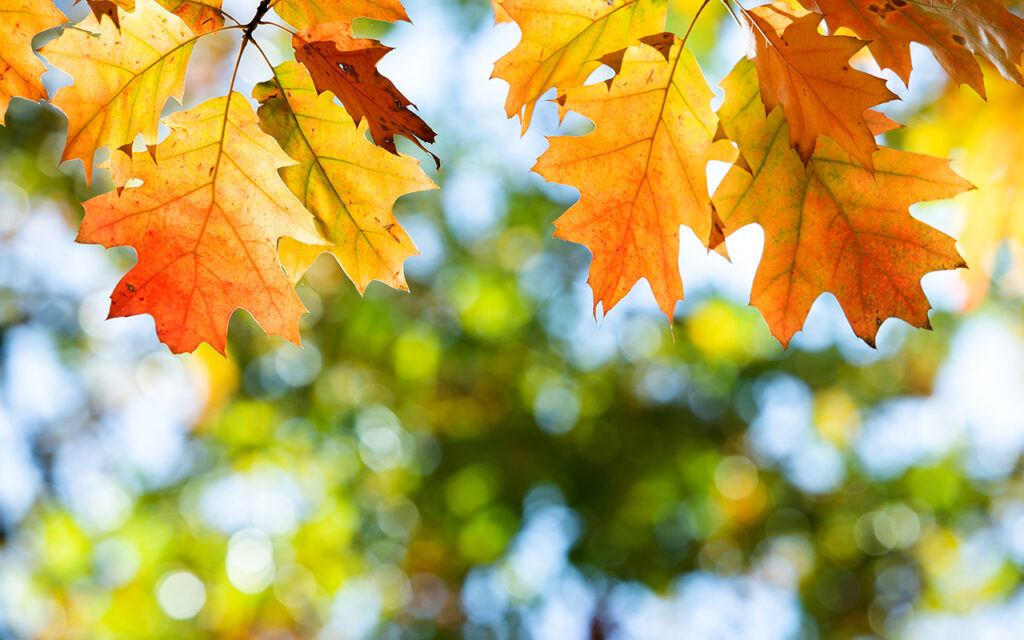
Meteorologists are predicting that the traditional hotspots for fall foliage may not offer the best viewing conditions this year. Instead, some of the most stunning autumn displays might be found in unexpected locations.
The vibrancy of fall foliage is determined weeks in advance. Summer rainfall significantly influences leaf behavior. Drought conditions stress trees, causing them to prematurely shed their leaves and dulling their colors. Conversely, excessive rainfall during late summer and early fall can weaken trees, making them susceptible to mold and insect infestations. These factors can lead to early leaf drop or damaged leaves, affecting the overall fall foliage display.
Regions with plenty of sunny days and cool nights during early fall often experience more vibrant leaf colors. This weather combination accelerates the breakdown of chlorophyll, the green pigment in leaves. As chlorophyll diminishes, the classic red, yellow, and orange hues of fall become visible.
However, frost can hinder the production of these vibrant pigments. If nighttime temperatures drop too low, frost can halt pigment production, preventing the leaves from changing color.
The Best Places to Enjoy Fall Colors This Year
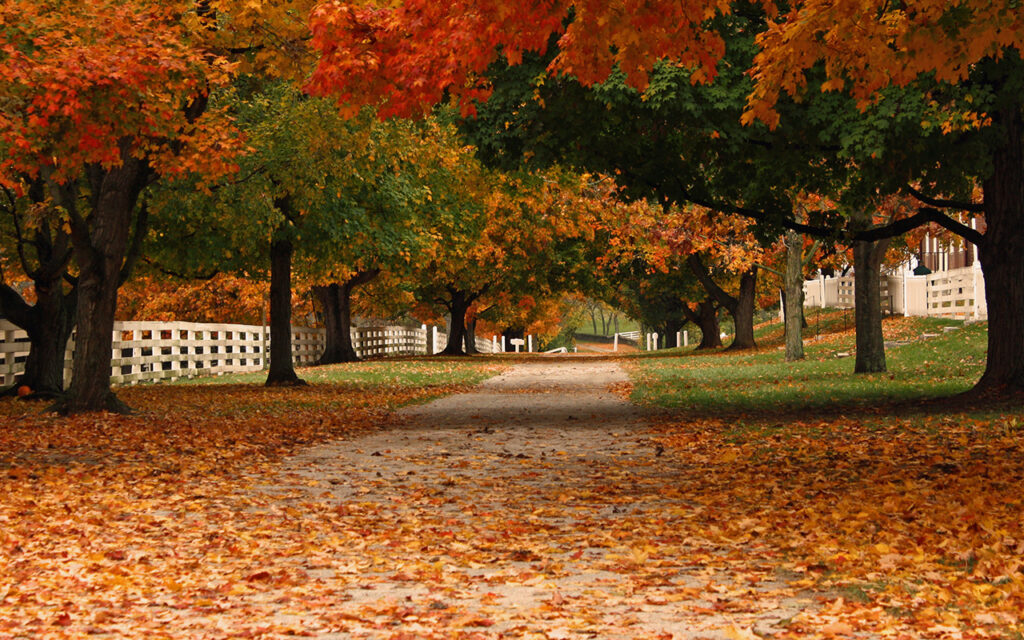
Where can you find the best fall foliage in the U.S. this year? Experts predict that conditions are ideal for a spectacular display from the Great Lakes region down to the Mississippi River Valley, especially in the Midwest.
Prepare to be amazed by the vibrant colors across the Ozarks in Missouri and beyond, including much of Arkansas and Missouri as well as communities along the Mississippi River. Minnesota, Wisconsin, Indiana, Michigan, and Illinois are also expected to experience fantastic fall foliage due to recent weather patterns.
The western U.S. is not expecting a standout year for fall foliage. Recent late-season heat waves are expected to persist, delaying peak leaf colors in areas like the Colorado Front Range and the Wasatch Mountains. Southern Idaho, northern Wyoming, and the southern edge of Montana may also experience lackluster fall foliage due to these unfavorable conditions. In essence, Mother Nature isn’t signaling the time for leaves to change in this region.
Acadia National Park, Maine
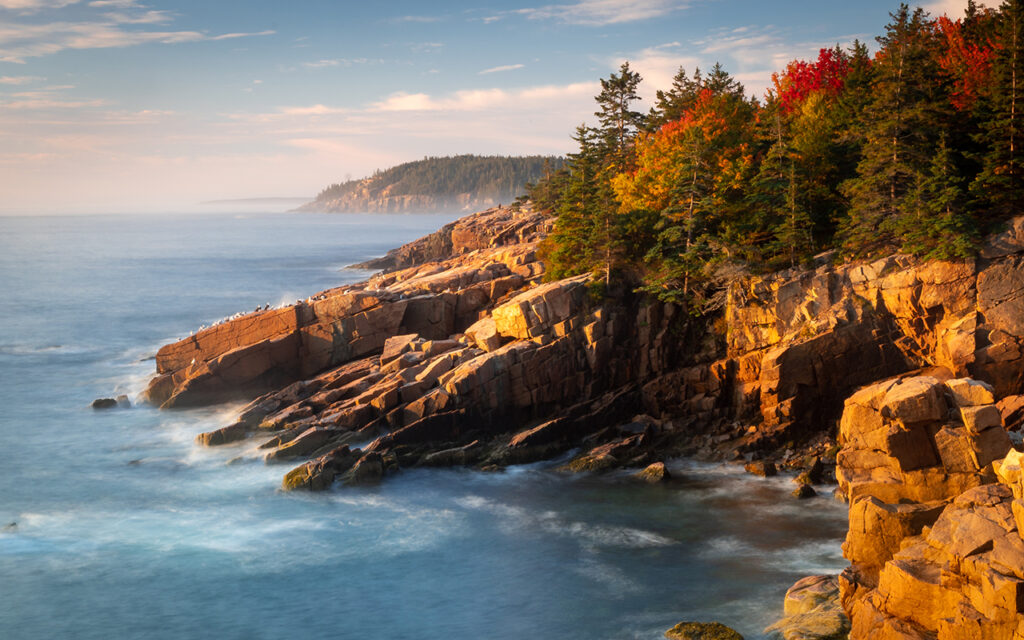
Acadia National Park might be the top destination for experiencing fall foliage. Spanning nearly 50,000 acres along Maine’s coast, you can immerse yourself in the vibrant fall colors while enjoying the soothing sounds of the Atlantic Ocean.
The nearby town of Bar Harbor, Maine, offers a delightful escape with its charming shops, cozy cafes serving hot apple cider and hot chocolate, and delectable seafood. Book a stay at a local B&B to fully immerse yourself in this special corner of the country.
Stowe, Vermont
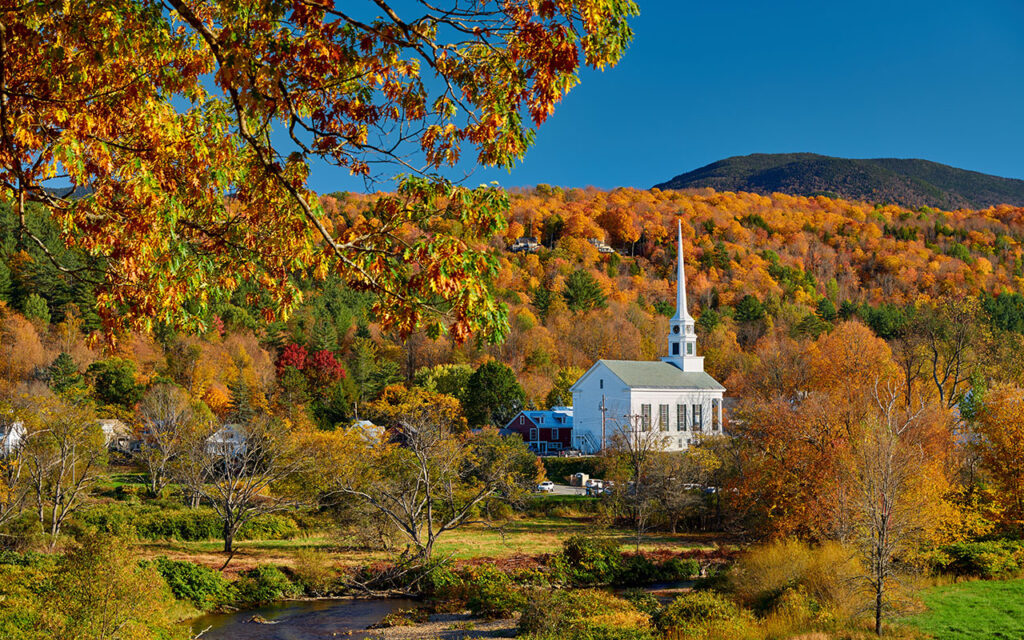
Stowe, Vermont, is not only a prime location for fall foliage but also one of the most picturesque villages in all of New England. The B&Bs here can rival the charm and comfort of those in Bar Harbor.
While in Stowe, enjoy the scenic drive down Smugglers’ Notch Pass to Smugglers’ Notch State Park. Afterward, return to your room for a warm cup of apple cider and savor the memory of one of the most breathtaking sights you’ll ever see.
The Berkshires, Massachusetts
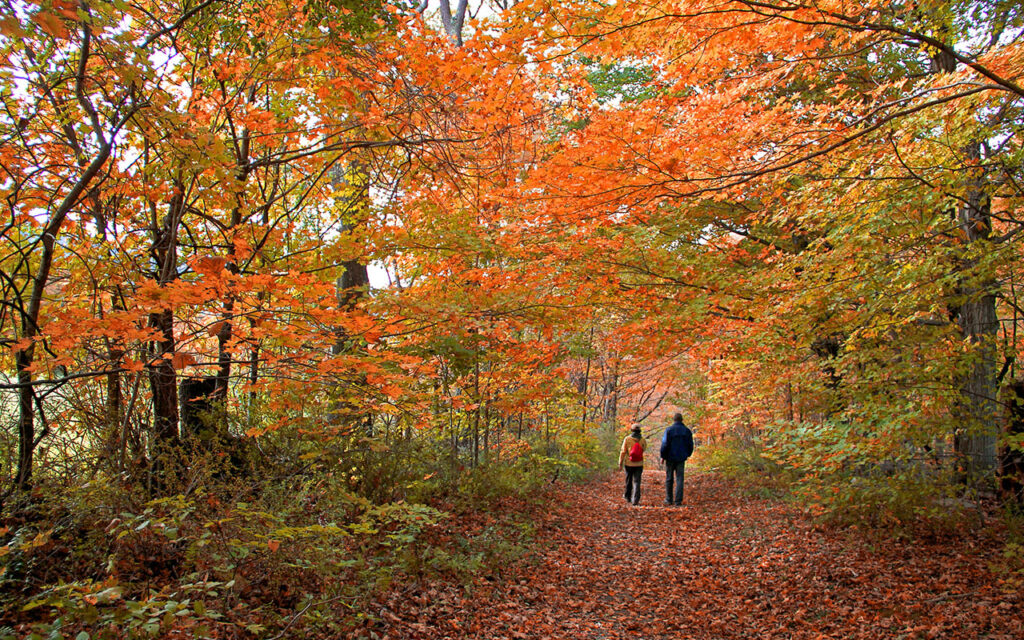
If you’re planning a fall trip to Boston, consider adding a day or two in the Berkshires, just over 100 miles away. Check a fall foliage tracker for the peak season, which typically occurs around mid-October.
While you might enjoy a leisurely drive through Stowe, exploring the Berkshires on foot offers a unique experience. Embark on the Stony Ledge trail, ensuring your phone is fully charged to capture the breathtaking scenery.
Cold Spring, New York
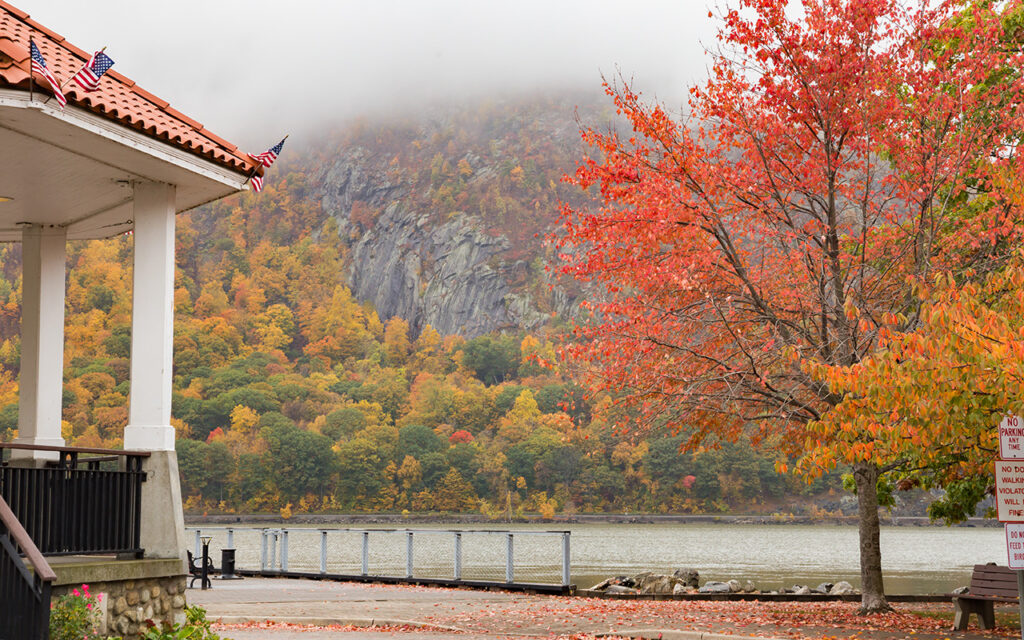
Nestled in New York’s Hudson River Valley, Cold Spring is a charming village straight out of a Hallmark movie. With its quintessential Main Street and stunning views of the Hudson River, you can enjoy a leisurely stroll and colorful fall foliage.
Conveniently located just an hour north of Manhattan, Cold Spring is easily accessible by train. As you travel along the river, you’ll be treated to breathtaking fall scenery, making this a delightful escape from the bustling city.
Bucks County, Pennsylvania
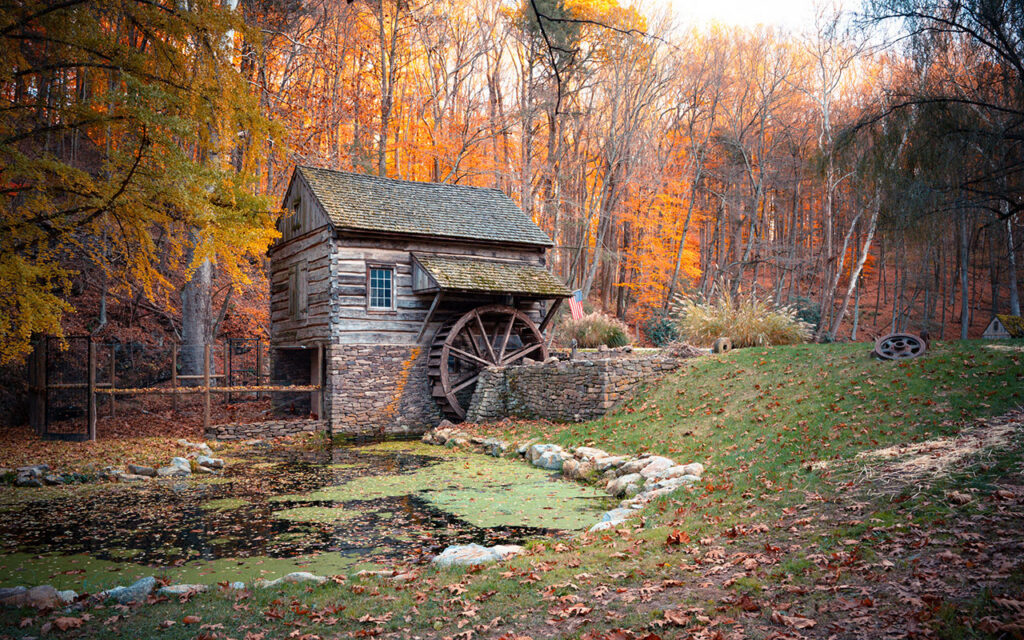
Bucks County, Pennsylvania, rivals Stowe, Vermont, in terms of classic New England charm. With its historic wooden buildings and winding roads, it’s the ideal destination for a fall adventure.
Located in southeastern Pennsylvania, a long weekend in Bucks County allows easy access to the Delaware River for scenic views, leisurely strolls, and a peaceful ambiance.
Highlands, North Carolina
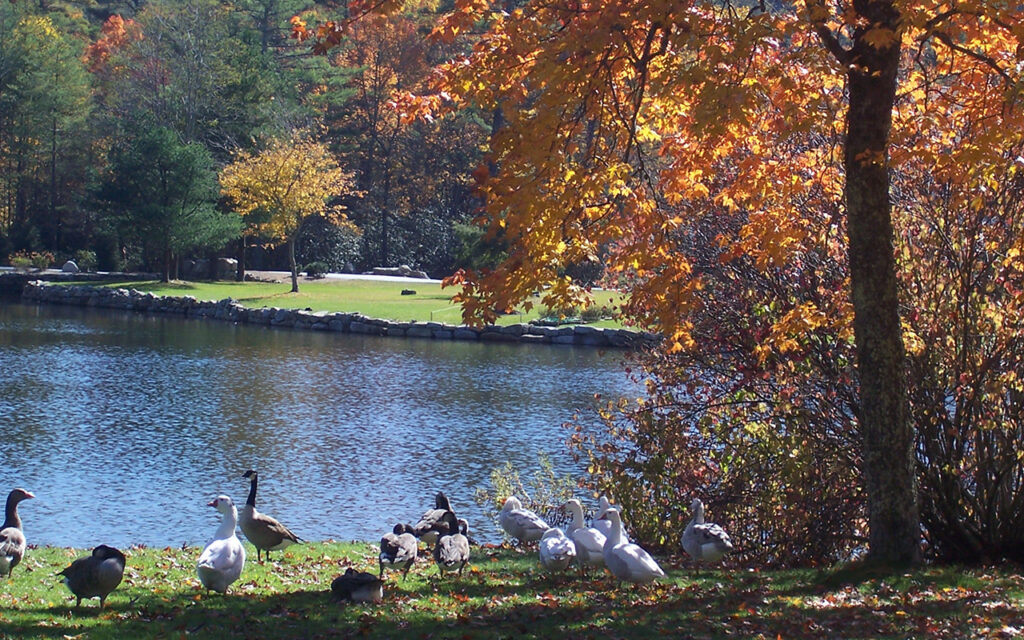
Fans of the TV series “Outlander” will appreciate the special charm of this region. Highlands, a temperate rainforest, offers a unique and enchanting experience for fall foliage enthusiasts.
As you explore Nantahala National Forest, immerse yourself in the sounds of flowing rivers, lakes, and waterfalls while enjoying the vibrant fall colors. As you plan your trip to Highlands, learn more about the first day of fall and what to expect.
Great Smoky Mountains National Park, Tennessee
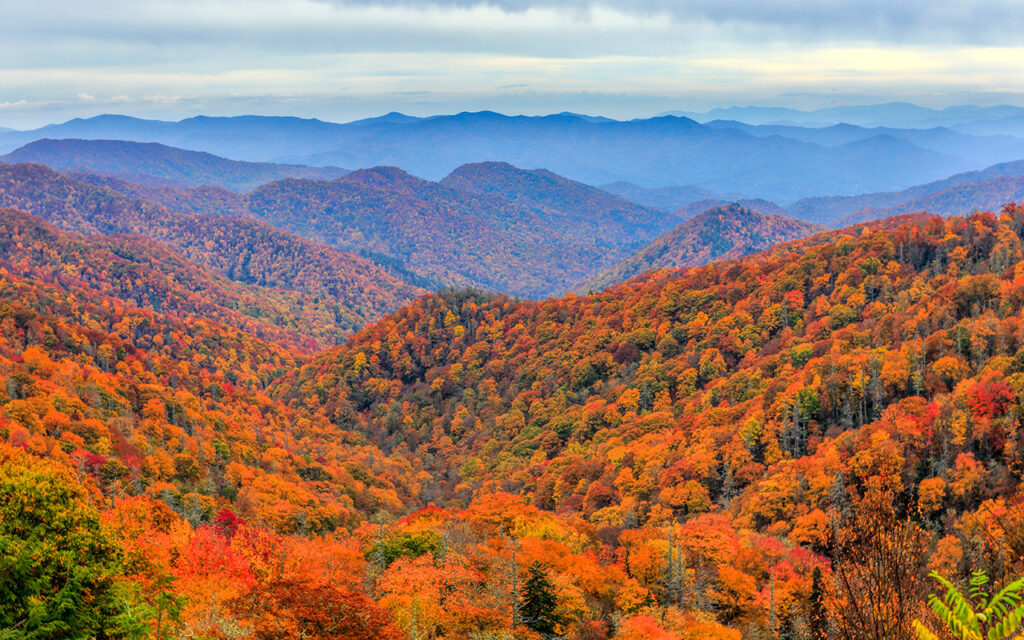
As one of the most visited National Parks in the country, this is a great destination year-round. Standing 4,000 feet high, you can overlook a diverse forest of over 100 tree species. Here, you’ll encounter some of the most vibrant shades of red, orange, yellow, and gold.
After your visit, you’ll be conveniently located near two fantastic Tennessee towns: Knoxville and Pigeon Forge. Knoxville is an underrated city with a thriving coffee shop scene and diverse dining options. Pigeon Forge, though more touristy, welcomes visitors year-round.
The Mississippi River Valley, Minnesota
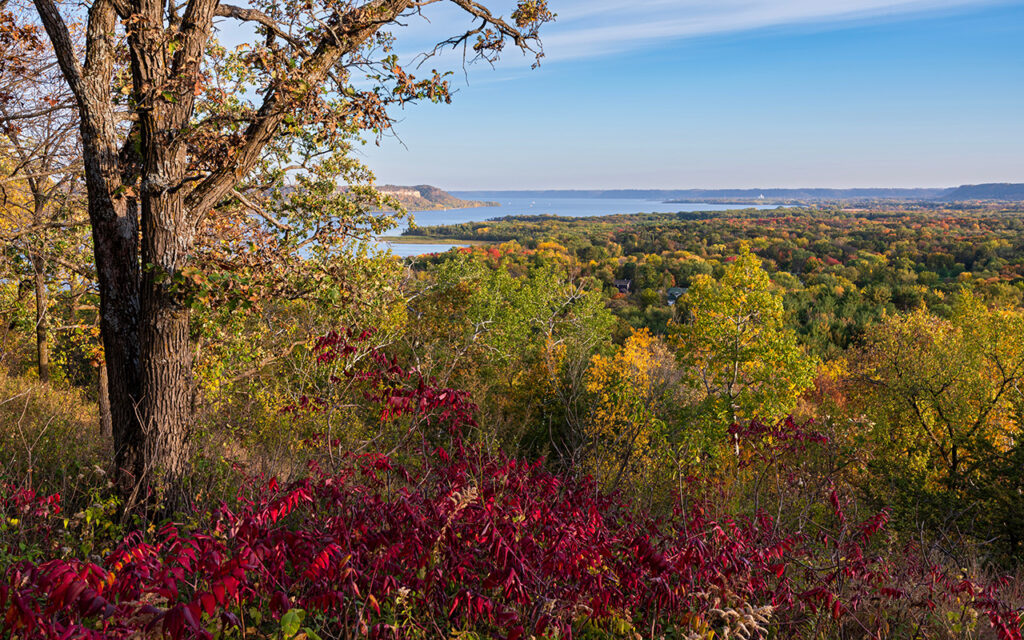
Heading west, let’s make a brief stop in Minnesota. The Mississippi River Valley, located in the southern part of the state, offers a scenic drive filled with vibrant fall colors.
Take the 90-mile drive from La Crescent to Red Wing along Route 61. Enjoy the picturesque views and stop at scenic overlooks to capture the beauty. Don’t miss the stunning Great River Bluffs.
Breckenridge, Colorado
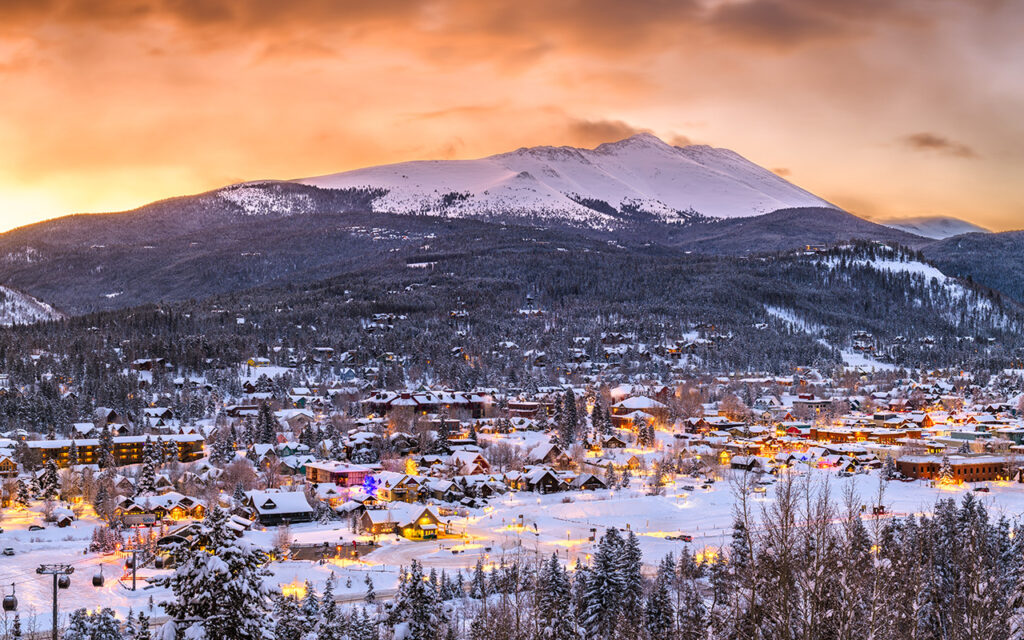
Breckenridge, Colorado, is a picturesque destination year-round. While it’s renowned for its winter skiing and snowboarding, its fall foliage is equally impressive. In late September and early October, the aspens transform into vibrant shades of yellow and orange, dazzling residents and visitors alike.
As you visit Breckenridge in the fall, be mindful of the weather, as snow is possible, especially towards the end of the season.
Whidbey Island, Washington
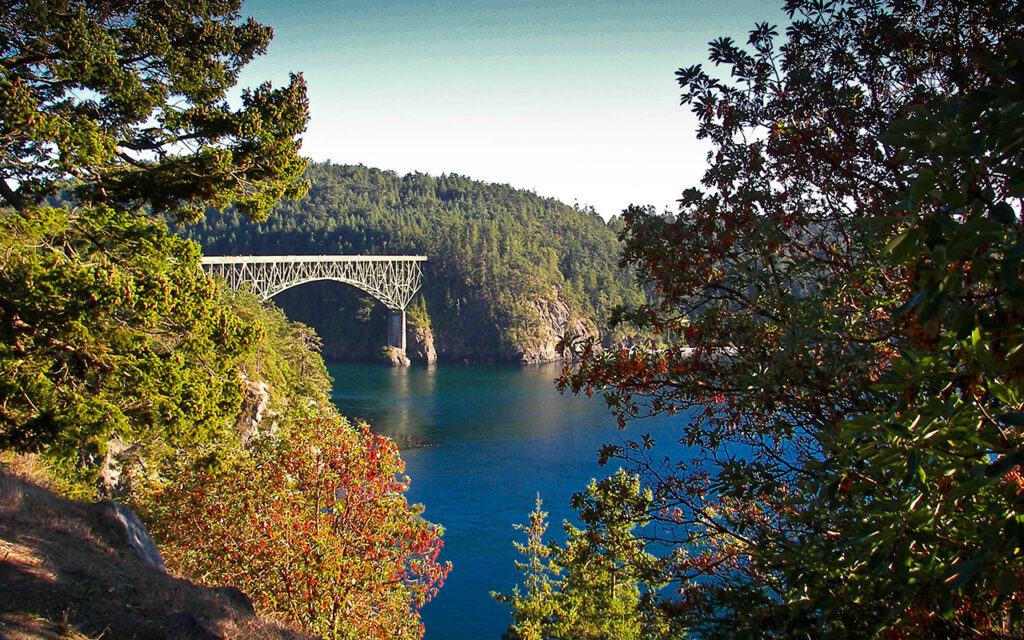
After a scenic ferry ride from Seattle, visit Deception Pass State Park on Whidbey Island. This is the ideal location to witness the transformation of vibrant gold leaves into fiery hues of orange and red.
Overlooking Puget Sound, this majestic island features charming towns like Oak Harbor, Coupeville, and Langley. Choose one of these towns as your base and enjoy the breathtaking fall foliage and the stunning beauty of Puget Sound.
Willamette Valley, Oregon
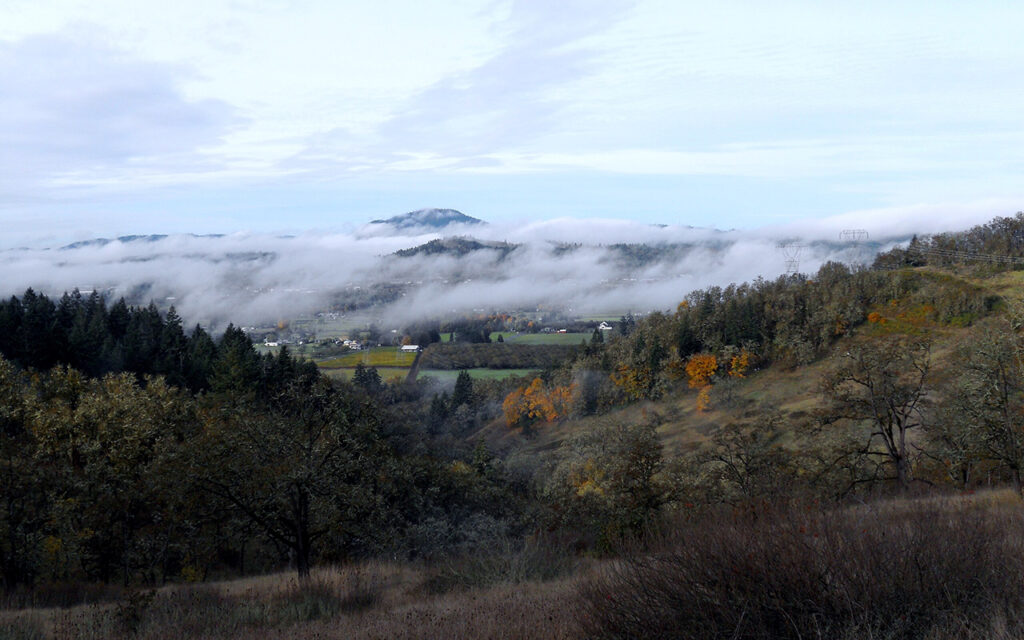
As Washington’s renowned wine region, this area offers a delightful combination of fall foliage and wine tasting. With over 700 vineyards to explore, you can experience the best of both worlds during your visit.
With its stunning backdrop of deep green evergreens, the vibrant fall colors in this region are truly breathtaking. It’s no wonder you’ll feel inspired to channel your inner Bob Ross and capture the beauty on canvas.
How to Get the Most Out of Fall Foliage
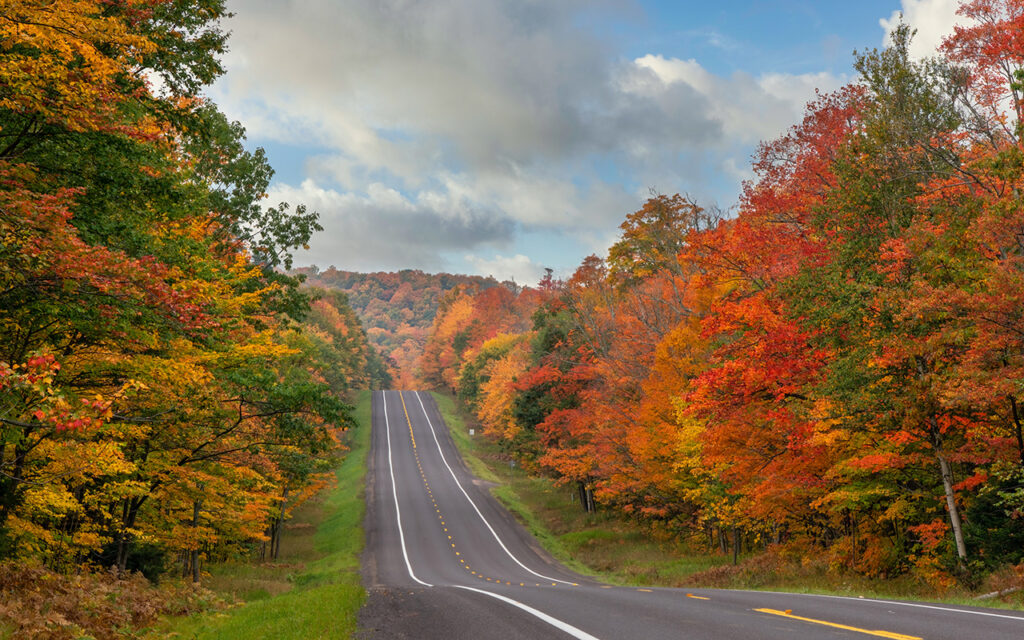
The optimal time for viewing fall foliage is typically between late September and October. Timing is crucial, so check the specific viewing guides for your desired destination. Popular spots often book up quickly, so plan your trip in advance and be prepared to adjust your dates if necessary.
Remember to respect local rules and regulations. Some areas may have restrictions on drone usage or require visitors to stay on designated trails. Researching these guidelines before your trip is essential.